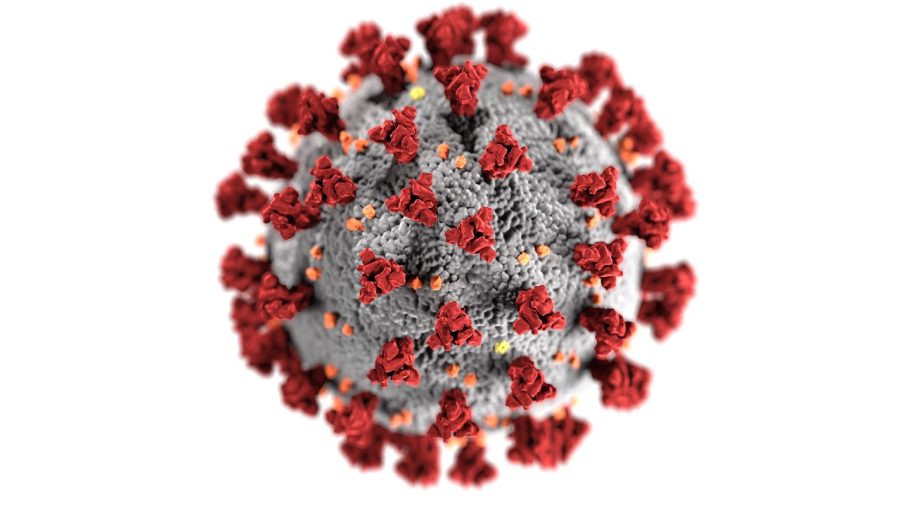Should we be worried about the new “stealth” omicron variant?
Photo courtesy of Pixabay/CDC.
COVID-19
A new “stealth” variant of COVID-19 has recently been on the rise in various parts of the world. This subvariant of the Omicron variant is scientifically called BA.2 and has a greater possibility for transmission, and higher risks of comprising immune responses compared to the original Omicron variant––which is referred to as BA.1.
BA.2 has been referred to as the “stealth” variant because it lacks certain mutations within its spike protein and can initially appear as another coronavirus variant. Researchers, however, are able to detect this variant by analyzing the genetic sequences of samples from positive tests. The “stealth” variant has been detected in around 49 countries including the United States. Three cases reportedly have been found in the United States at Houston Methodist Hospital in Texas.
In countries like Denmark, BA.2 is now the dominant variant, and they’ve reported more than 50,000 new COVID-19 infections as of Jan. 28. While the BA.2 subtype seems more contagious, there are no indications that it has an impact on hospitalizations or deaths.
A virologist at the State Serum Institute in Denmark, Anders Fomsgaard said, “we are not so concerned, since we so far do not see major differences in age distribution, vaccination status, breakthrough infections and risk of hospitalization. Also, despite the high infection rate of BA. 2, the numbers of hospitalizations [in] ICUs are decreasing.”
It is estimated that about eight percent of cases in the United States are BA.2 and it appears to be increasing at a rapid rate. Nathan Gubaugh, an epidemiologist at the Yale University School of Public Health said, “I’m fairly certain that it will become dominant in the U.S.”
COVID-19 vaccines, particularly booster doses, have been reported to be just as effective against BA.2, however, this new variant has appeared to spread more rapidly.
The World Health Organization has said that they don’t consider BA.2 to be a variant of concern, but said its “immune escape properties and virulence, should be prioritized independently.” As Omicron continues to surge globally, new variants will surface and they will likely be more transmissible than BA.1.
Data from the United Kingdom has shown that the Covid-19 booster was 63 percent effective at preventing symptomatic disease from BA.1 and 70 percent effective for BA.2.
CNN Medical Analyst Dr. Leana Wen said that “given how similar BA.1 and BA.2 are to each other, it stands to reason that someone who just had COVID-19, and therefore most likely had BA.1, is not going to contract BA.2 in the near future.”
Omicron and its sub variants have shown to be less likely to cause severe disease, specifically in people who have received COVID-19 vaccinations.
Scientists are continuing to closely study and monitor the BA.2 variant while preparing for future variants. Until more studies come in and data is released, we won’t know anything for sure about the new “stealth” variant.





